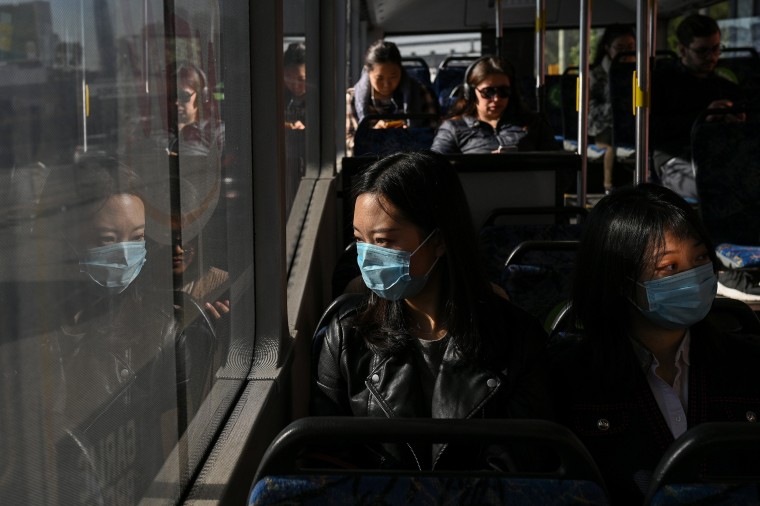Social distancing may have kept cases of the flu at historic lows around the world, a new report from the Centers for Disease Control and Prevention suggests.
Data from Australia, Chile and South Africa shows a tiny fraction of influenza cases from April to July, the months that constitute the typical flu season in the Southern Hemisphere.
In those three regions, there were just 51 influenza positive specimens among 83,307 tests for a positivity rate of 0.06 percent.
In contrast, the positive rate in those regions during the same time period in years prior was close to 14 percent.
In the United States, circulation of the flu virus dropped sharply within 2 weeks of the government declaring a national emergency March 1. From a flu test positivity rate of 19 percent during September 2019 to February, the rate declined to just 0.3 percent from March 1 to May 16. School closings, bans on mass gatherings and stay-at-home orders helped stop community spread of the flu, as well as the coronavirus, the CDC report said.
"The global decline in influenza virus circulation appears to be real and concurrent with the Covid-19 pandemic and its associated community mitigation measures," CDC researchers reported Thursday.
Even with the encouraging numbers, experts are urging Americans to get their flu shot to keep risk of illness as low as possible. In any year, fewer than half of U.S. adults get vaccinated for the flu, according to data from the CDC.
This year, public health officials are urging more Americans to get vaccinated against the flu to reduce the likelihood of becoming sick and to reduce potential burdens on hospital systems. To meet the increased demand for flu shots, the U.S. has ordered close to 200 million doses of the flu vaccine.
“Last season, we distributed about 170 million doses of the flu vaccine. This season, we're probably going to get up to about 200 million doses,” said L.J. Tan, chief strategy officer for the Immunization Action Coalition, a nonprofit that works directly with the CDC to increase immunization rates.
According to the CDC, the best time to get the vaccine is in September or by the end of October.
Dr. Jake Deutsch, an emergency physician and the owner of Cure Urgent Care, has already seen twice as many patients seeking a flu shot compared to all of last year. He urges people not to wait until later in the season.
“You could actually get contact [with the flu] if you wait too long. We've actually already had a positive flu test in our office yesterday,” he said.
It’s too early to predict the severity of flu season in the U.S. But Deutsch would like to see more Americans wear masks and keep up social distancing to slow the spread of both Covid-19 and the flu.
“It’s concerning that certain parts of the country are still resistant to wearing masks," he said. "I think that it should become normal until we really come out of this flu season and have vaccines as a possibility for treating Covid-19.”
